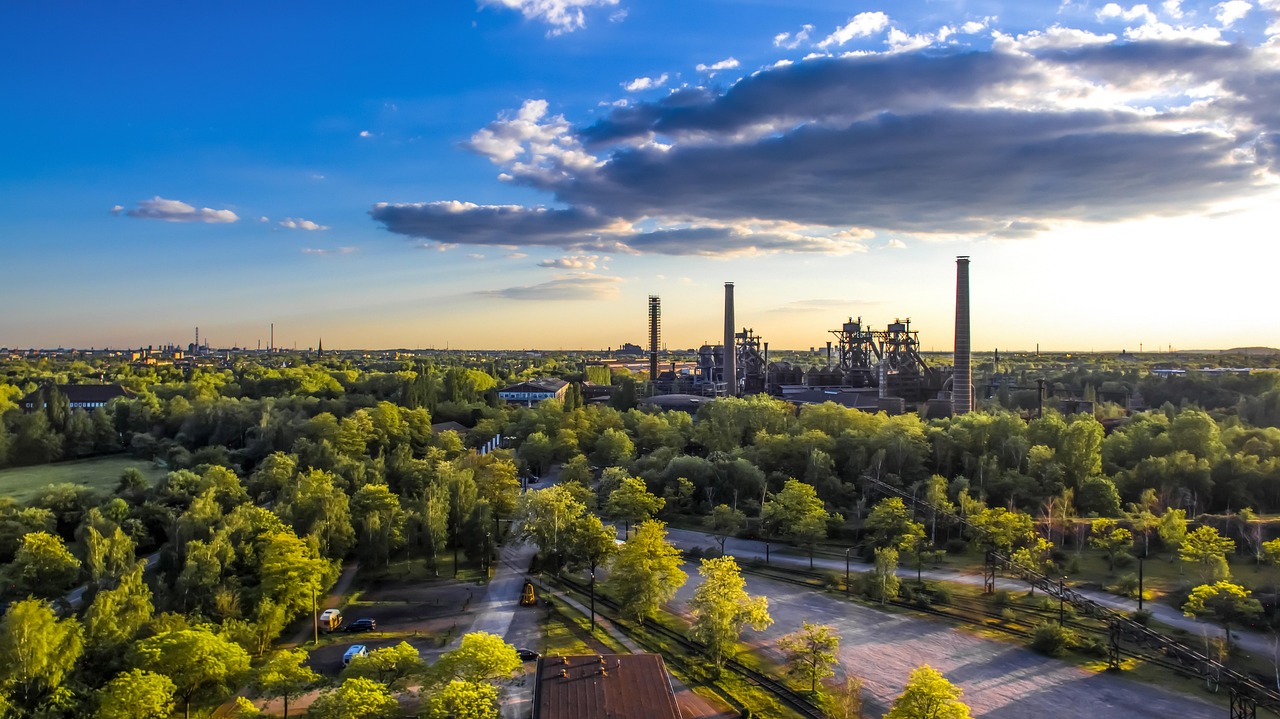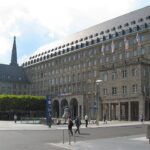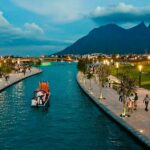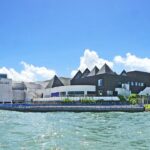Quick Bits:
Duisburg stands as a fascinating blend of industrial might and evolving cultural life. Tucked within North Rhine-Westphalia, this German city may not be as famed as Berlin or Munich, but it offers a unique tale of transformation. Known for its steel and shipping past, Duisburg has shaped itself into a place of green escape, urban charm, and artistic surprise. From harbor tours to post-industrial art parks, it promises more than what meets the eye.
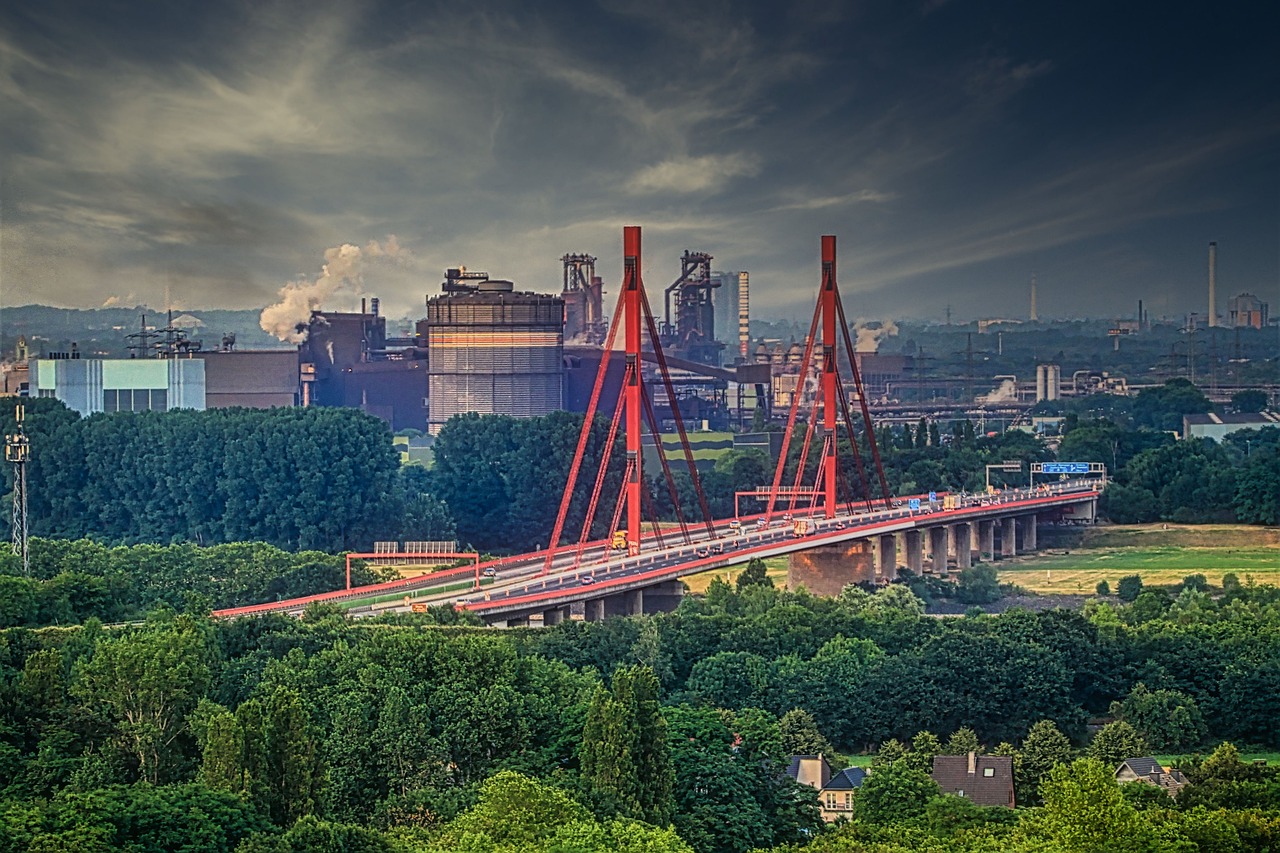
Image by: Carola68 – Via Pixabay
Key Highlights
- Location: Western Germany, North Rhine-Westphalia
-
Famous For: Inland port, steel industry, post-industrial culture
-
Population: Over 500,000 residents
-
Cultural Signature: Modern art meets Ruhr industrial past
-
Must-See: Landschaftspark, Duisburg Inner Harbor, Tiger and Turtle sculpture
-
Family-Friendly: Parks, museums, water play zones.
General Information
Duisburg ranks as one of Germany’s most historic industrial centers. It sits at the confluence of the Rhine and Ruhr rivers. This location shaped its past as a powerhouse in coal and steel. With those industries fading, Duisburg began crafting a new identity.
It belongs to the Ruhrgebiet — Germany’s largest urban area. The region shares strong ties with neighboring cities like Essen, Düsseldorf, and Oberhausen. Today, Duisburg welcomes travelers with a mix of old-world industry and new-world innovation. Its museums, public art, and nature parks tell the story of grit turned into beauty.
The city hosts institutions like the University of Duisburg-Essen, which injects fresh life and research into the area. Multiculturalism plays a key role, with a wide immigrant population shaping food, music, and street life.
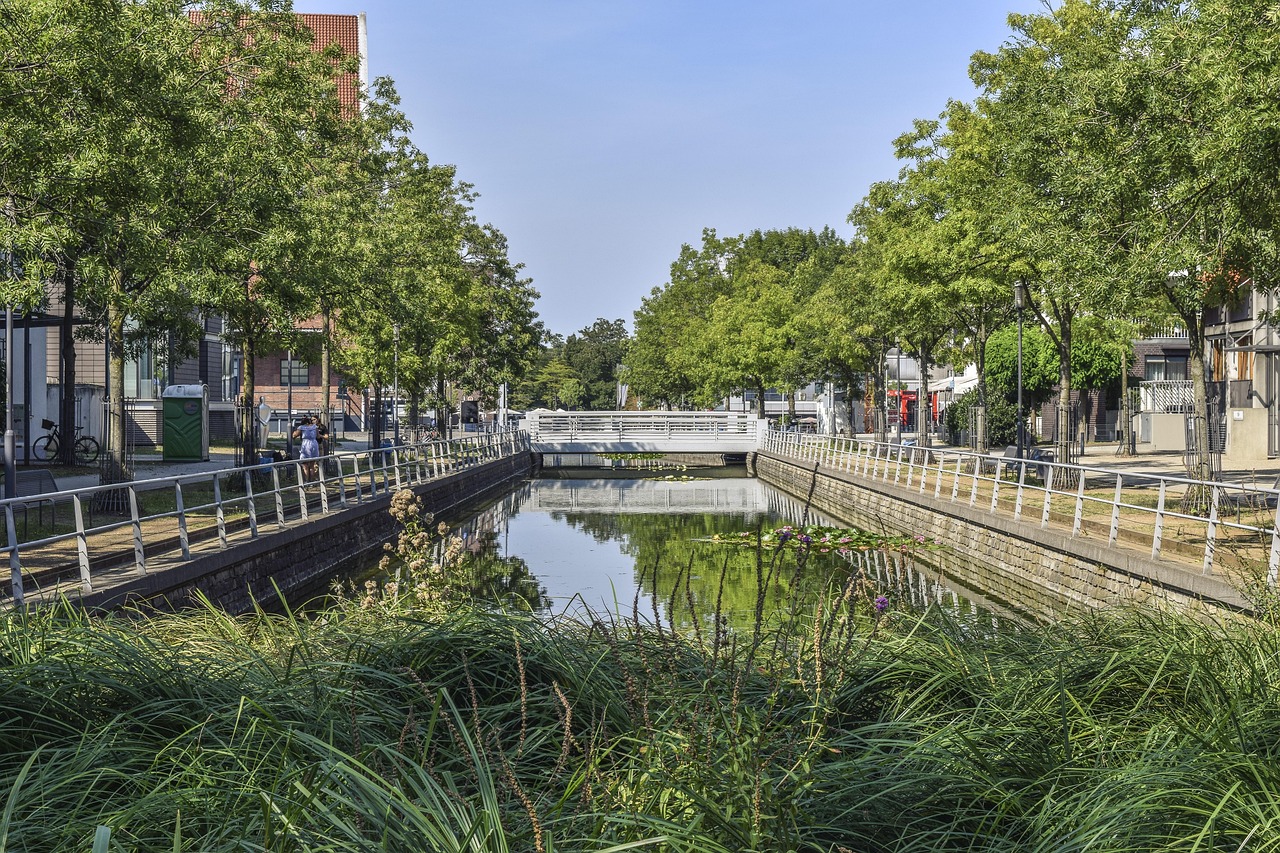
Image from Pixabay
Geography Information
Duisburg spans roughly 232 square kilometers. It lies in the western edge of the Ruhr industrial belt, bordered by the Rhine river to the west and threaded with waterways. The Rhine’s presence made Duisburg a natural hub for shipping. The city also connects through a dense network of highways and rail lines.
The surrounding terrain is mostly flat with gentle hills. Former coal mines have been reshaped into green zones and parkland. Its landscape tells the story of industrial rebirth, where concrete gives way to nature trails and bike paths.
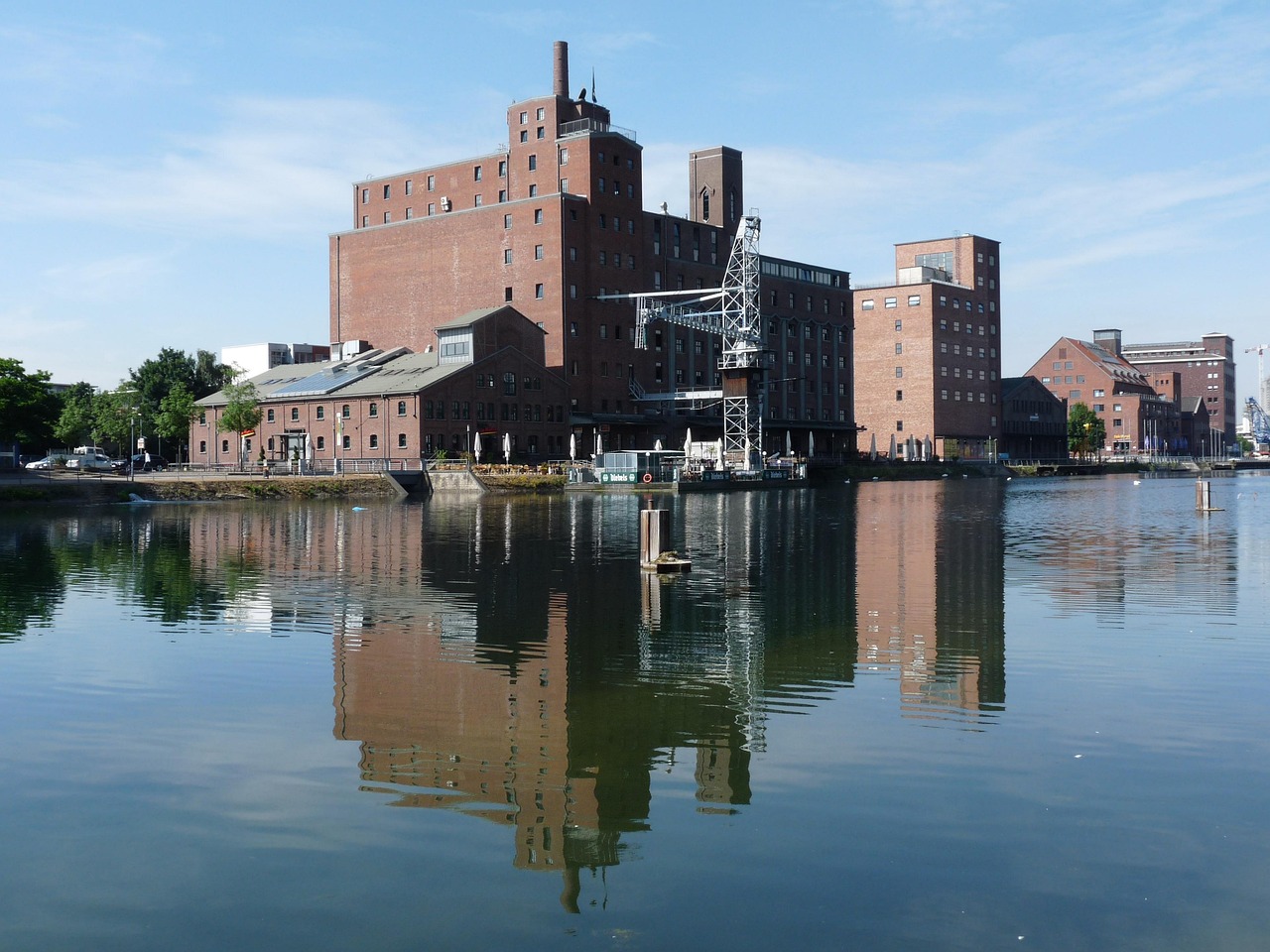
Image by: falco – Via Pixabay
Places to Visit
Duisburg mixes industrial nostalgia with forward-thinking design. Here are its standout places:
1. Landschaftspark Duisburg-Nord
An old ironworks site now transformed into a public park. It features climbing walls, light installations, and elevated walkways. Kids explore, couples stroll, and photographers chase perfect shadows among rusted steel.
-
Entry: Free
-
Highlights: Night light shows, diving in a gas tank, panoramic views
2. Duisburg Inner Harbor (Innenhafen)
Once a gritty port zone, now a leisure district. Warehouses are now art museums, cafes, and offices. Walkways edge the water with stunning reflections.
-
Key Stops: Küppersmühle Museum of Modern Art, outdoor dining, boat tours
3. Tiger and Turtle – Magic Mountain
It’s not a ride. It’s a walkable roller coaster sculpture on a hilltop. A feat of imagination built on old mining waste.
-
Best time: Sunset
-
Ideal for: Instagram moments and wide views
4. Zoo Duisburg
One of Germany’s top-ranked zoos, especially known for its dolphinarium and koala bears.
-
Focus Areas: Amazon house, dolphin shows, rare species
5. Lehmbruck Museum
A major stop for sculpture lovers. Works from Wilhelm Lehmbruck and international sculptors fill the sleek halls.
-
Art Styles: Expressionism, modern sculpture
6. Six Lakes Plateau (Sechs-Seen-Platte)
Escape the city buzz with this green and blue expanse. Ideal for walking, biking, and swimming in warm months.
-
Features: Observation tower, lakeside paths, family picnic spots.
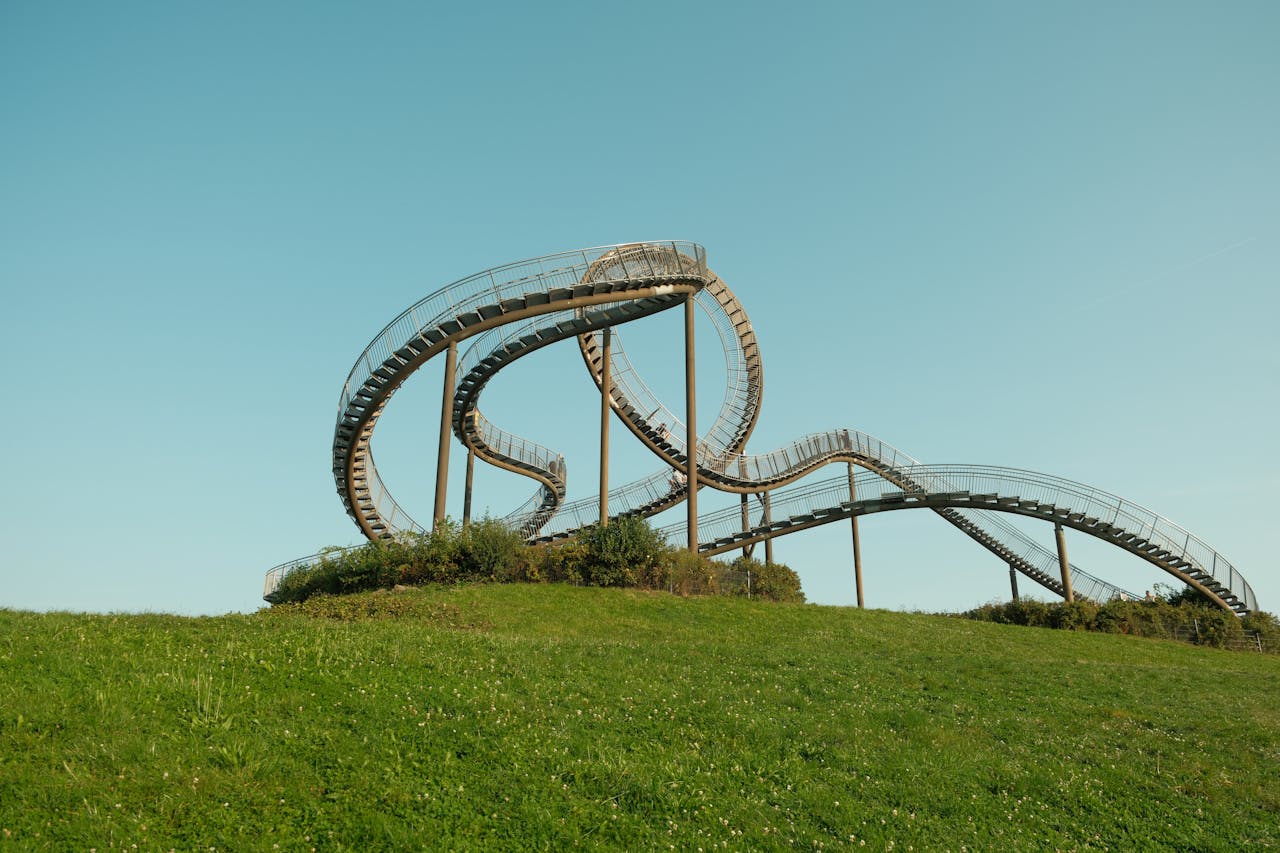
Image by: Willian Matiola – Via Pexels
Yearly Climate
Duisburg enjoys a moderate oceanic climate. Winters tend to be chilly but rarely harsh, while summers are mild to warm. Rainfall spreads across the year, with May to August bringing more sun.
| Month | Temp (°C) | Rainfall (mm) | Daylight Hours |
|---|---|---|---|
| January | 0 – 5 | 60 | 8 |
| April | 5 – 15 | 45 | 13 |
| July | 15 – 25 | 70 | 16 |
| October | 7 – 15 | 55 | 11 |
| December | 1 – 6 | 65 | 7 |
Snow is rare but does happen in late December through February. Humidity levels stay moderate year-round.
Best Time of Year to Visit
Late spring through early fall offers the finest window for travelers. From May to September, the parks are green, harbor cafés stay open longer, and events bloom across the city. July often sees open-air concerts, riverside art shows, and food markets.
Highlights by Season:
-
Spring: Landscapes bloom, good for bike tours
-
Summer: Festivals at the Inner Harbor, beach bars open
-
Autumn: Sculpture park and woods glow in gold
-
Winter: Christmas market, cozy indoor art spaces.
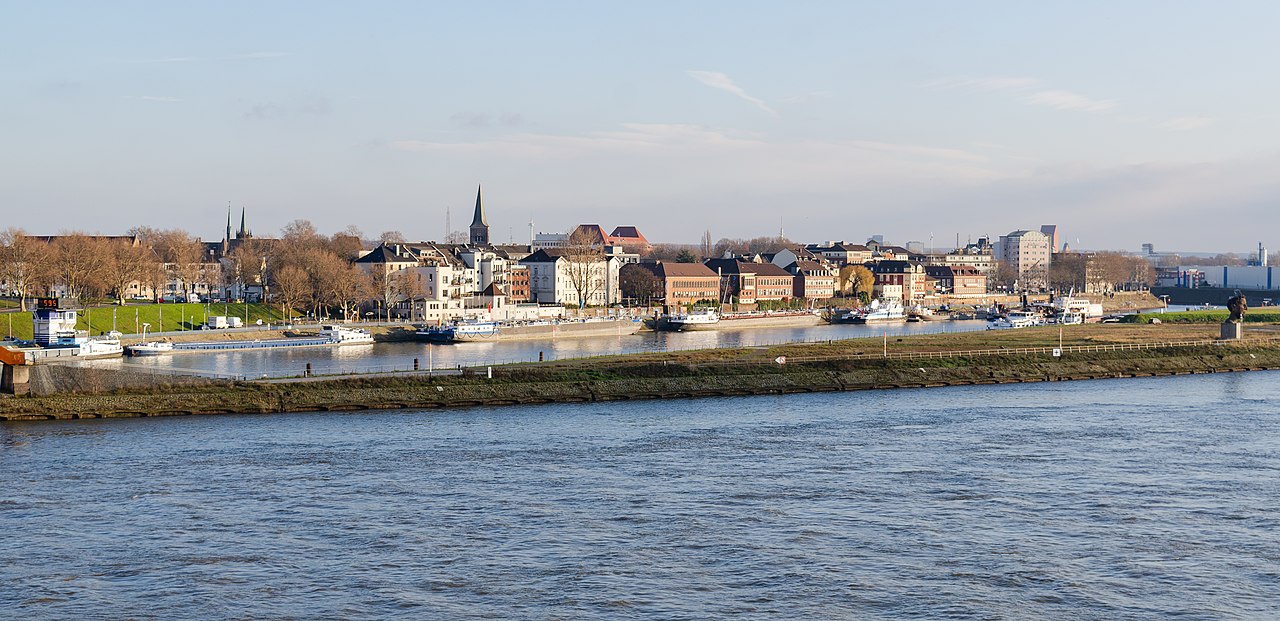
Image by: Steffen Schmitz – Via Wikipedia
In Summary…
Duisburg is a story of steel turned to sculpture, of smoke stacks now used for stargazing. It stands at the junction of river trade and cultural tide. While often overshadowed by flashier German cities, Duisburg offers depth for those who seek character over crowds.
The city’s beauty lies not in glossy surface, but in transformation. In places where kids once avoided, now they climb and play. In waters once dark with cargo, now gondolas drift under wine-lit skies. Duisburg teaches that old bones can carry fresh breath — and that rust too can shine.

